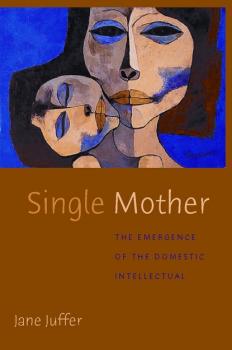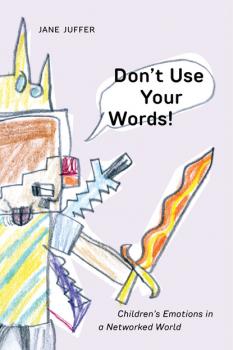ТОП просматриваемых книг сайта:
Jane Juffer
Список книг автора Jane JufferАннотация
Long perceived as the ultimate symbol of social breakdown and sexual irresponsibility, the single mother is now, in the context of welfare-to-work policies, often hailed as the new spokesperson for hard work and self-sufficiency. A dozen years after Dan Quayle denounced the television character Murphy Brown for making the decision to become a single mother “just another lifestyle choice,” President George W. Bush applauded single mothers for “heroic work,” and positive on-screen representations of single mothers abound, from The Gilmore Girls to Sex and the City to American Idol . Single Mother describes the recent cultural valorization of this figure that—in the midst of demographic changes in the U.S.—has emerged as the unlikely heroic and seductive voice of the new American family. Drawing on her own life as a single mother, interviews with dozens of other single mothers, cultural representations, and policies on welfare, immigration, childcare, and child custody, Juffer analyzes this contingent acceptance of single mothers. Finally, critiquing the relentless emphasis on self-sufficiency to the exclusion of community, Juffer shows the remarkable organizing skills of these new mothers of invention. At a moment when one-third of all babies are born to single moms, Single Mother is a fascinating and necessary examination of these new “domestic intellectuals.”
Аннотация
Twenty-five years after the start of the feminist sex wars, pornography remains a flashpoint issue, with feminists locked in a familiar argument: Are women victims or agents? In At Home with Pornography , Jane Juffer exposes the fruitlessness of this debate and suggests that it has prevented us from realizing women's changing relationship to erotica and porn. Over the course of these same twenty-five years, there has been a proliferation of sexually explicit materials geared toward women, made available in increasingly mainstream venues. In asking «what is the relationship of women to pornography?» Juffer maintains that we need to stop obsessing over pornography's transgressive aspects, and start focusing on the place of porn and erotica in women's everyday lives. Where, she asks, do women routinely find it, for how much, and how is it circulated and consumed within the home? How is this circulation and consumption shaped by the different marketing categories that attempt to distinguish erotica from porn, such as women's literary erotica and sexual self-help videos for couples? At Home with Pornography responds to these questions by viewing women's erotica within the context of governmental regulation that attempts to counterpose a «dangerous» pornography with the sanctity of the home. Juffer explorers how women's consumption of erotica and porn for their own pleasure can be empowering, while still acting to reinforce conservative ideals. She shows how, for instance, the Victoria's Secret catalog is able to function as a kind of pornography whose circulation is facilitated both by its reliance on Victorian themes of secrecy and privacy and on its appeals to the selfish pleasures of modern career women. In her pursuit to understand what women like and how they get it, Juffer delves into adult cable channels, erotic literary anthologies, sex therapy guides, cyberporn, masturbation, and sex toys, showing the varying degrees to which these materials have been domesticated for home consumption. Representing the next generation of scholarship on pornography, At Home with Pornography will transform our understanding of women's everyday sexuality.
Аннотация
How children are taught to control their feelings and how they resistthis emotional management through cultural production Today, even young kids talk to each other across social media by referencing memes,songs, and movements, constructing a common vernacular that resists parental,educational, and media imperatives to name their feelings and thus controltheir bodies. Over the past two decades, children’s television programming has provideda therapeutic site for the processing of emotions such as anger, but in doingso has enforced normative structures of feeling that, Jane Juffer argues,weaken the intensity and range of children’s affective experiences.Don’t Use Your Words! seeksto challenge those norms, highlighting the ways that kids express theirfeelings through cultural productions including drawings, fan art, memes, YouTubevideos, dance moves, and conversations while gaming online. Focusing on kidsbetween ages five and nine, Don’t Use Your Words! situates theseproductions in specific contexts, including immigration policy referenced in drawingsby Central American children just released from detention centers and electoralpolitics as contested in kids’ artwork expressing their anger at Trump’svictory. Taking issue with the mainstream tendency to speak on behalf ofchildren, Juffer argues that kids have the agency to answer for themselves:what does it feel like to be a kid?



